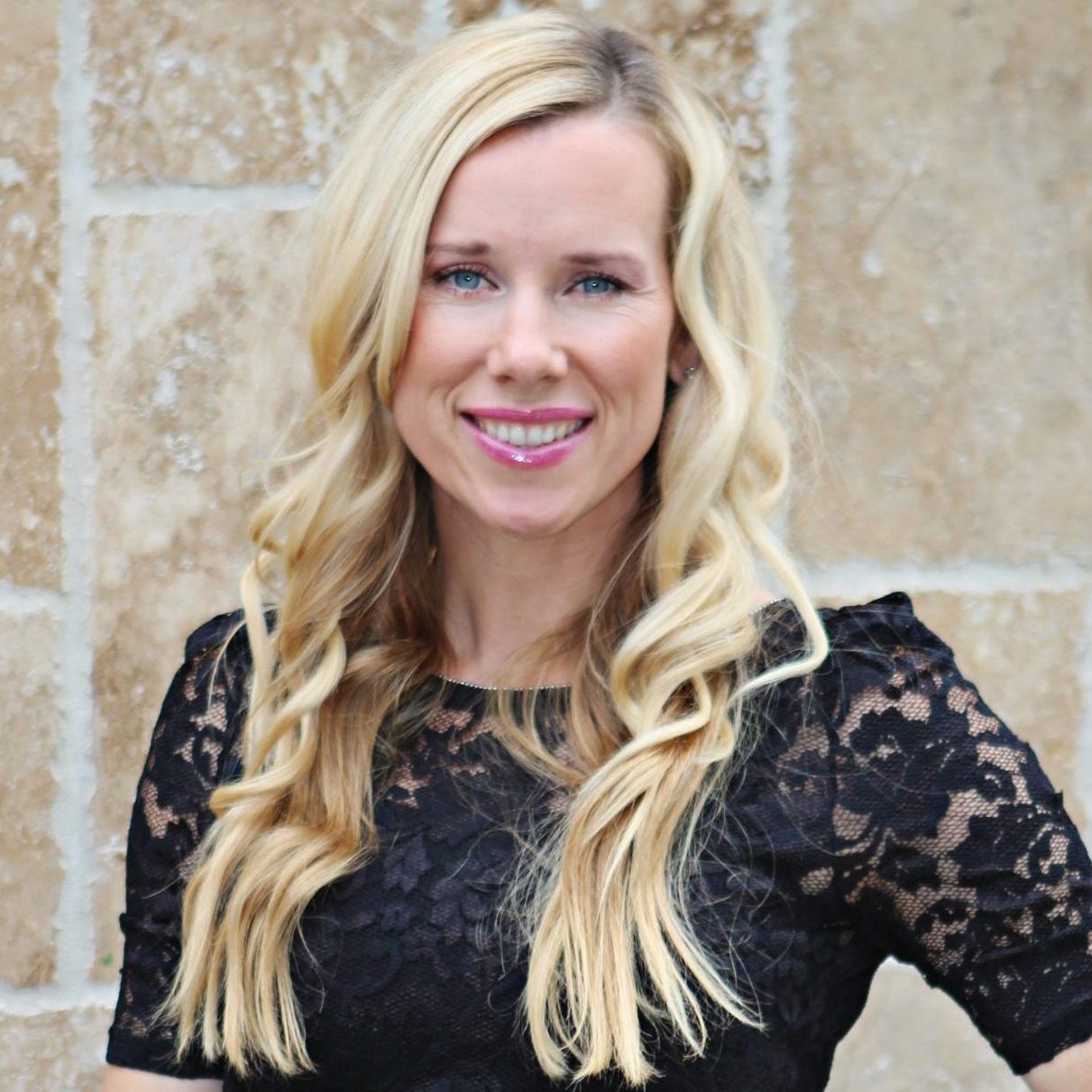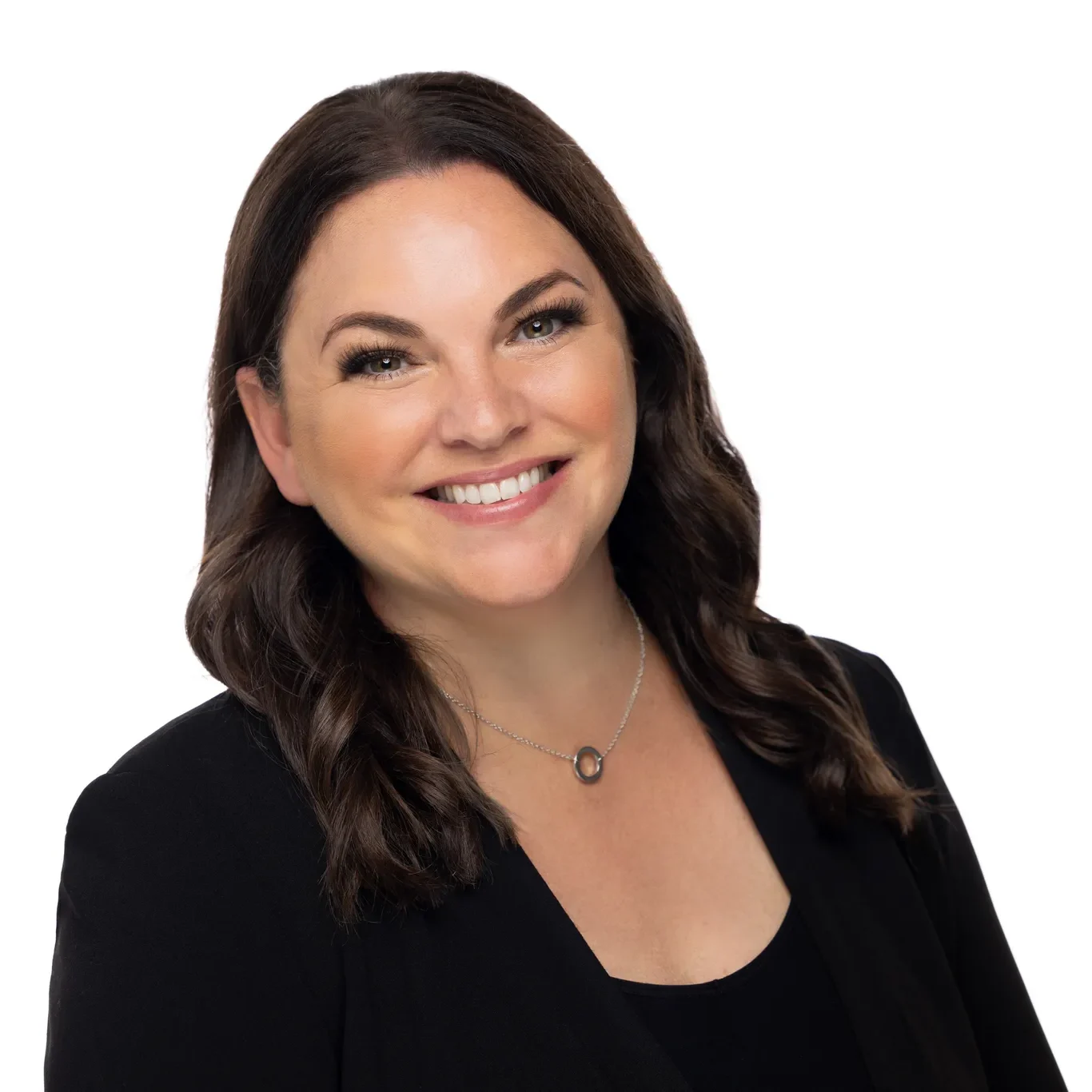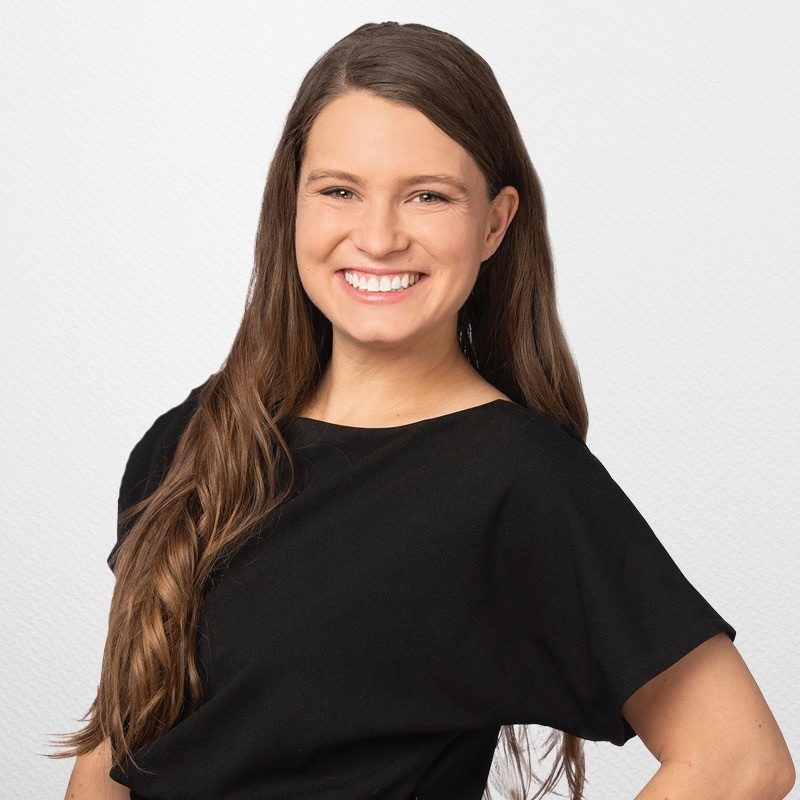Wealth management technology has innovated over the past several years. At first, advisors had to take a piecemeal approach, using different types of software for various facets of their business and hoping the disparate software work together.
As technology becomes more sophisticated and can operate at enterprise scale, large firms have started to homogenize their tech stacks and other advisor solutions to provide consistency and standardization across multiple channels.
Some firms market their robust advisor technology as a benefit, allowing advisors to leave IT decisions to someone else. Osaic’s 2023 reorganization was driven by in part by the need to simplify through a unified platform, technology stack, procedures and support model.
Carson Group points to its curated tech stack as a benefit to advisors who don’t want to explore the overwhelming choices of advisor tech, let alone update and maintain technology.
LPL Financial also considers its technology offering differentiator among its peers, saying its single, integrated tech platform is the top reason advisors join.
Of course, not everyone wants a one-size-fits-all system, as there are pros and cons to that.
Four experts discuss today’s technology landscape as large firms balance between a standardized tech system while allowing advisors some flexibility in their system choices, the benefits of partnering or being acquired by firms with standard technology and other trends.
The How And Why Of Standardization

Jodie Papike, President of Cross-Search, says there are three ways firms use technology. Some firms develop their own technology stack including a CRM, financial planning tools and integration. Others offer a mandatory tech stack with pre-selected tools, and some have an open-architecture approach, allowing advisors to choose their own financial planning tool, a CRM and an aggregation tool.
Emily Blue, Co-Founder of Hue Partners, says large firms who standardize their tech stack often concentrate their investments to make integrating an acquired firm easier. “Large firms realized very quickly that the best way to homogenize is to invest in the resources and processes to support the transition and make it more seamless for the acquired firm. Once the deal closes, [the integration] team is who fulfills the promises and helps with change management,” she says.

The push among wealth management firms to standardize their tech stacks comes from firms wanting to become more efficient, productive and to control costs, says Jaci Stanton, Managing Director at F2 Strategy. Many wealth management firms face margin pressure, slow organic growth, tech debt and succession planning. Open ecosystems with broad choice lead to high tech costs over time and a potentially fragmented experience.
Colleen Bell, President, Innovation and Experience at Cambridge Investment Research, says she understands the impulse to standardize tech as the number of fintech offerings can be overwhelming.
“If you’re not willing or able to conduct the required due diligence, you have no choice but to narrow your scope. Cambridge has the scale and resources to be expansive in our offerings – which we believe provides greater long-term value for advisors,” she says.
The Benefits Of Partnering
Advisors are not IT specialists, so leaving the technology decisions to someone else frees up an advisor’s time and expertise, Stanton says.
“Most advisors are CEOs, not CTOs. Partnering with another firm and being part of a standardized tech stack can help save time, money and protect against sub-optimal results,” Stanton says.

Blue concurred, saying a key driver of advisors partnering or willing to be acquired by a firm with a standardized tech stack is how the software will help them enhance client engagement.
“The future of wealth management is going to be centered around client engagement. Having the best tech stack that is being properly utilized is going to take client engagement to new heights,” she says, adding that the best use of an advisor’s time is meeting potentially new clients.
Advisors who don’t want to stay on top of the latest tech offerings are likely to prefer a standard tech stack, and economies of scale also make this option attractive, Papike says; however, they should be mindful that proprietary tech may not stay competitive if the software isn’t updated. If flexibility is important to an advisor, they often look for open architecture when selecting technology, Papike says.

Firms that offer a standardized offering may not allow outside options, although it may depend, Stanton says. “Opting out [of a standardized tech stack] stems from a desire to better recruit, attract niche clients and ‘own data,’” she says.
There may be another reason that firms could be rigid about keeping tech stacks standard. “Firms that allow exceptions risk inconsistent brand experience, data fragmentation and inefficient operations,” she says.
Yet, Blue points out that partnerships differ, and she is seeing some integrations allowing what she calls a “centralized open architecture.” Fear of change is the biggest reason advisors seek to opt out of integration. However, she also notes that even if a firm wants to homogenize their technology, they may find a new idea from their acquired firm that they want to implement across the entire organization.
The Future For Tech Stacks
With technology evolving so quickly, the experts had differing opinions on the future for standardization. Blue and Stanton believe the standardization trend will continue, but that doesn’t necessarily mean faceless, monolithic standardization.
The most successful firms will be the ones who balance homogenizing tech stacks and innovation, Blue says.
Stanton added that the benefits of standardization outweigh the cost and burden of managing technology decisions. “Advisor efficiency and productivity will remain tailwinds. We continue to track new solutions in the market, especially third-party platforms that deliver all-in-one (plug and play) solutions,” she says.
A hybrid tech approach may be alternative to homogenized tech stacks, Papike suggests, especially for advisors who want a basic tech platform but use open architecture to choose the software they need on an a-la-carte basis.
Bell concurred, saying there are too many new solutions coming out to help advisors service clients and increase their business for homogenization to be the future. “The pendulum will have to swing back toward a flexible model if firms want to compete for the most talented advisors,” she says.
Julius Buchanan, Editor in Chief at Wealth Solutions Report, can be reached at jbuchanan@wealthsolutionsreport.com.














